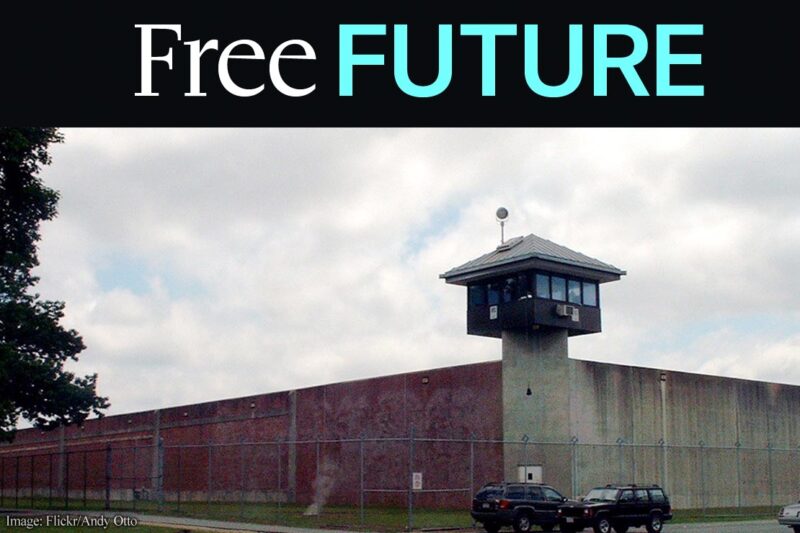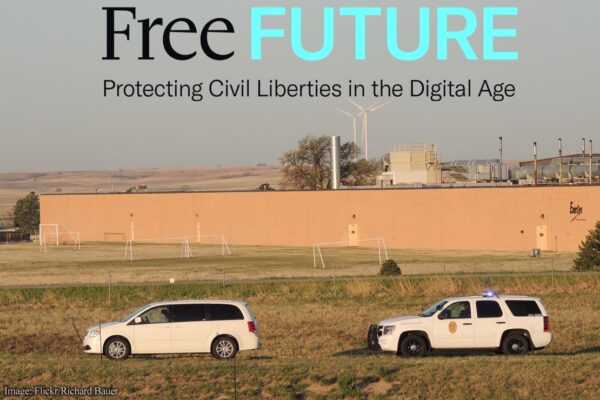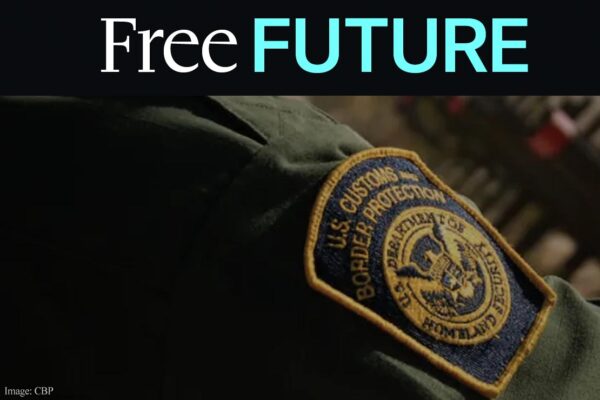Biometric bracelets for prisoners


Some prisons and jails around the United States have started using non-consensual, non-removable biometric wrist straps on prisoners to monitor their pulse, blood oxygenation level, skin temperature, “activity level,” and location. recently covered this technology, and our allies at EPIC wrote up a good privacy of the technology last year.
The ∫Ï–” ”∆µ‚Äôs position is that non-consensual monitoring of a person‚Äôs non-readily apparent physiological states is not just a privacy invasion but an assault on inherent human dignity and autonomy that should not be applied to prisoners or anyone else. Such monitoring can reveal nightmarishly intimate characteristics of one‚Äôs body that might indicate fear, distress, excitement, arousal, and other states of mind.
In addition, EPIC points out that like their cousins ankle monitors, these wrist straps or watches are “hard, plastic, unremovable devices” that, worn for a prolonged period, can have painful effects “including swelling, numbness, bruising and blistering.”
I also asked my colleague David Fathi, director of the ∫Ï–” ”∆µ‚Äôs National Prison Project, for his perspective on this technology as someone who has been fighting for prisoners‚Äô rights for over 25 years, and he had a number of interesting additional points to make. First, he observed that ‚Äúwhile prisoners do have attenuated privacy rights, one place the courts have held the line on prisoner privacy is medical information.‚Äù He also noted that he didn‚Äôt object to ‚Äúthe monitoring of prisoners‚Äô movements around a prison, which is something they can and should be surveilling the old-fashioned way with staff for prisoner safety.‚Äù
But overall, Fathi told me, “this is barking up the wrong tree. It’s trying to solve the wrong problem, and to do it on the cheap.”
The fundamental problem isn’t that prisons and jails don’t have ways in theory of monitoring prisoners’ health; it’s that they don’t have enough staff to do it. It’s not that they don’t know that a certain person has heart disease, it’s that they don’t have the staff to monitor and care for them appropriately. In many places prisoners have alarm buttons — but when they push them no one comes. In those places these devices will become just another alarm that nobody responds to because of these endemic and chronic staffing shortages.
The concern with this is that prisons will say “We don’t have to hire more doctors, we’ll just buy this technology.” That this will be seen not as an adjunct to, but as a substitute for, having adequate staff. Even with the location tracking, you need the other half: if someone isn’t where they’re supposed to be, or hasn’t changed locations so perhaps they are in medical distress — you need the staff to respond.
Fathi notes that technology can have a positive role in corrections:
There’s a big problem of officers falsifying security checks on prisoners — the regular rounds that they’re supposed to do. They say they’re doing them but don’t. But there are products that track officers on their rounds; the officer has a wand and has to physically tap a receptor beside each cell, which records that the officer was there and at what time. So technology can be helpful in keeping people safe.
I have written before about the use of surveillance technology being called upon to serve as an empty and cheap substitute for more substantive reform of real problems. Some trucking companies and Amazon have pressured their drivers with , and then respond to the unhealthy results with micro-surveillance, behaving like factory farms that pump animals with drugs and antibiotics to unnaturally suppress the side effects of unhealthy and inhumane practices. This technology appears to be another example of the same thing.



